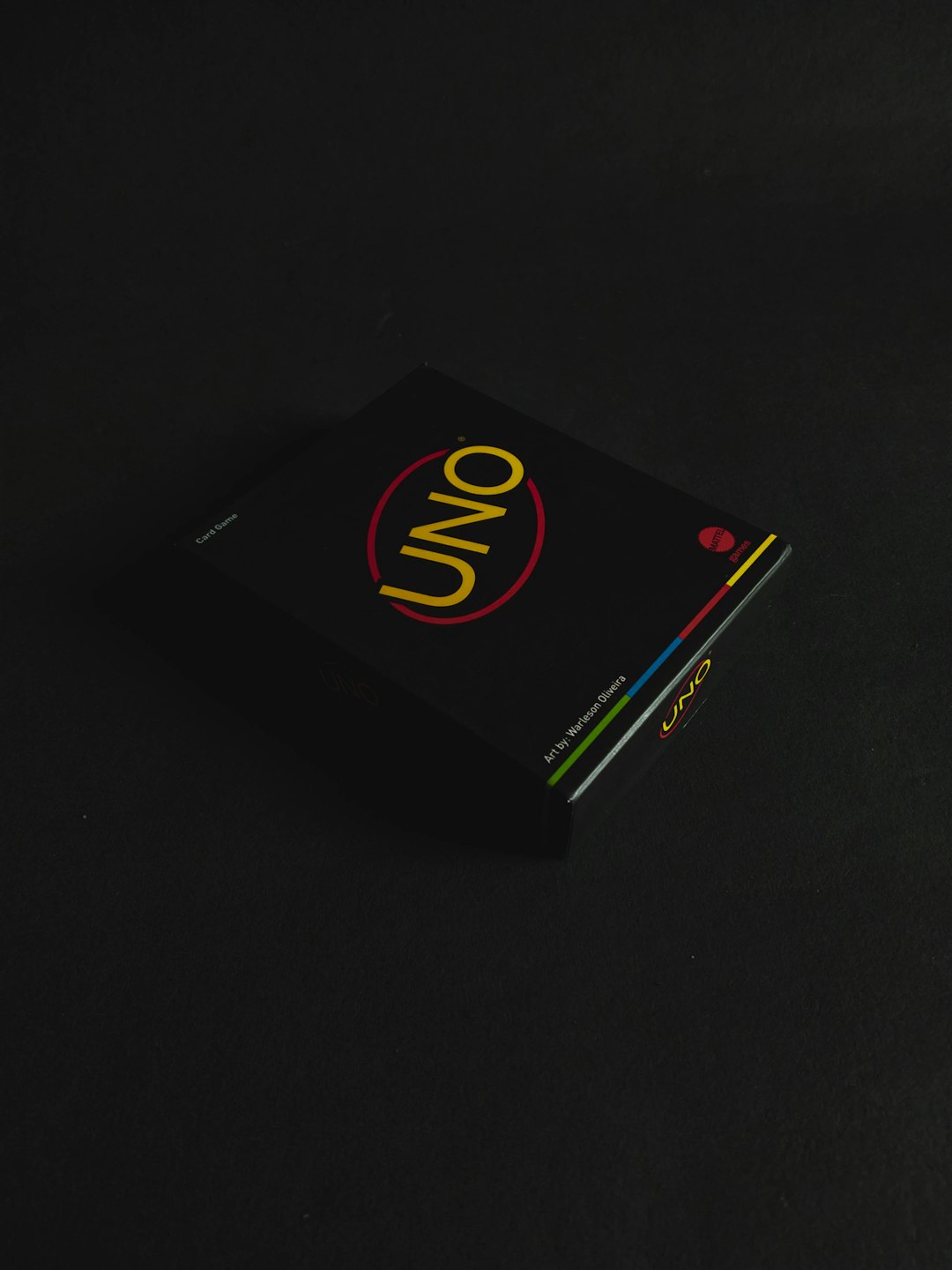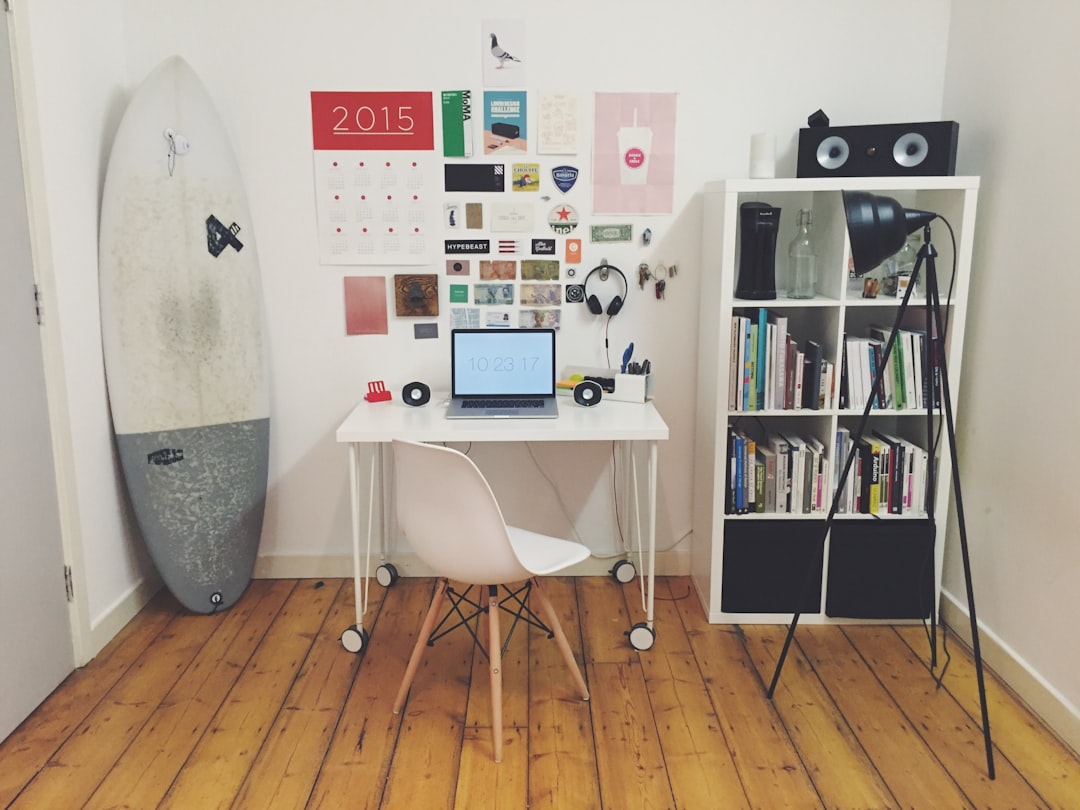Whether you’re a budding graphic designer, an aspiring photographer, a UX/UI enthusiast, or a student looking to break into the creative industry, building a professional portfolio is essential. However, for many beginners, the wide array of portfolio tools available can feel overwhelming. Fortunately, there are user-friendly platforms specifically designed to help creatives showcase their work effectively—without the steep learning curve.
TLDR
If you’re new to creating a portfolio, you don’t have to start from scratch or master web development. Tools like Adobe Portfolio, Wix, Behance, and Carrd offer intuitive interfaces and templates that can help you quickly assemble a professional-looking portfolio. Many of these tools include drag-and-drop features, integrations, and high customizability to help you stand out. Whether you’re a designer, writer, or multimedia artist, there’s a beginner-friendly portfolio tool out there you can start using right away.
Why Choosing the Right Tool Matters
Creating a portfolio is not just about putting images or texts in one place—it’s the first impression potential clients or employers will get of your skills, style, and professionalism. The tool you choose will influence how easily you can update your work, how it’s visually presented, and even how quickly it loads. For beginners especially, working with the right portfolio-building platform can reduce frustration, save time, and yield better results.
Top Beginner-Friendly Tools for Creative Portfolios
Below is a curated list of the best beginner-friendly tools that offer ease of use, visual appeal, and flexible customization for creatives at all levels.
1. Adobe Portfolio
Best for: Photographers, Designers, and Anyone with an Adobe Subscription
Adobe Portfolio allows users to create beautiful, responsive websites easily, especially if you’re already in the Adobe ecosystem. With full integration with Photoshop and Lightroom, it’s easy to sync your work directly. The service is included with any Adobe Creative Cloud plan, making it especially appealing for students and creative professionals.
- Simple, clean design templates
- Integration with Behance for wider exposure
- Fast, reliable hosting included
- No coding required
For creatives already familiar with Adobe tools, this platform is a logical and seamless choice.
2. Wix
Best for: Creatives who want full creative control with drag-and-drop functionality
Wix is a widely-used website builder known for its drag-and-drop interface and hundreds of professionally designed templates, including ones made specifically for portfolios. What sets Wix apart is its flexibility—you have immense control over the layout and visual elements, making it ideal for those who want to stand out.
- Extensive template library
- Mobile-friendly designs
- AI-driven site creation for ease
- Free tier available with upgraded features in premium plans
The learning curve is gentle, and Wix offers plenty of tutorials and community forums to help beginners.
3. Behance
Best for: Community engagement and creative exposure
Behance, also owned by Adobe, is both a showcase platform and a social network for creatives. Rather than building a traditional website, users can quickly create polished project pages to share within the creative community. You don’t need coding knowledge or design skills—just your work and the willingness to present it beautifully.
- Highly visual, easy-to-use interface
- Free to use
- Massive creative community for feedback and networking
- Ideal for frequent updates and individual projects
If you’re looking to build a following or just want feedback on your work, Behance is a must-use platform for creatives at any stage.
4. Canva Website Builder
Best for: Non-designers or beginner creatives looking for speed
Canva has evolved from a simple design tool to a versatile platform that now includes website creation. The Canva Website Builder allows you to create one-page or multipage portfolio sites using the familiar Canva UI. Just choose a template, customize your content, and publish—it’s that simple.
- Beginner-friendly and intuitive
- Direct design-to-web workflow
- Useful template recommendations
- Free and paid plan options
Ideal for those who want a simple, aesthetically-pleasing site without spending much time learning a new interface.

5. Cargo
Best for: Artists, illustrators, and experimental designers
Cargo is known for its minimalist aesthetics and artsy vibes, making it a favorite among visual artists and experimental designers. Although it offers more flexibility than some platforms, it remains beginner-friendly thanks to its intuitive templates.
- Unique, creative templates
- Customizable CSS for those who want to explore deeper
- Free trial with option to upgrade
- Strong artistic community presence
Cargo is a good middle-ground tool—it’s simple enough for beginners, yet it offers enough depth and uniqueness to serve designers as they grow.
6. Carrd
Best for: Quick one-page portfolios and personal branding
Carrd is an ultra-simple site builder geared toward one-page websites. While not traditionally built for portfolios, Carrd can be a perfect fit for creatives who are just starting out or who want a quick, impactful online resume.
- Extremely simple and fast to set up
- Custom domain support
- Free for basic use
- Ideal for including links and small galleries
This is the tool to use when you want to have an online presence fast, without the bells and whistles.
What Should a Beginner Portfolio Include?
No matter which platform you choose, make sure your portfolio includes key components that reflect your skill and professionalism:
- Introduction/About: A short paragraph about who you are, your background, and your goals.
- Selected Work: Show 4-7 of your best and most relevant projects.
- Case Studies (optional): Describe your process and problem-solving skills for at least one project.
- Contact Info: Let viewers know how to get in touch with you.
- Resume (optional): A downloadable or online version of your professional experience.
Tips to Maximize Your Success
Choosing the right tool is just the first step. Here are a few beginner-focused tips to ensure your portfolio resonates:
- Start Small: Don’t wait until you’ve perfected ten projects. Begin with your top 3-5 pieces.
- Focus on Quality: One well-documented project beats five rushed ones every time.
- Keep it Updated: Make it a habit to refresh your work monthly or quarterly.
- Test Responsiveness: Ensure your site looks good on mobile devices as well as desktops.
- Get Feedback: Ask mentors or peers to review your site and suggest improvements.

Conclusion
Launching your first portfolio doesn’t have to be a daunting process. Thanks to beginner-friendly tools like Adobe Portfolio, Wix, Behance, Canva, Cargo, and Carrd, even those with no design or coding experience can quickly put together a professional and visually compelling portfolio. Each offers its own strengths, so it’s crucial to choose based on your creative discipline and personal preferences.
Ultimately, the most important thing is to get your work out there. Your first version doesn’t need to be perfect—it just needs to exist. Build now, refine later.


